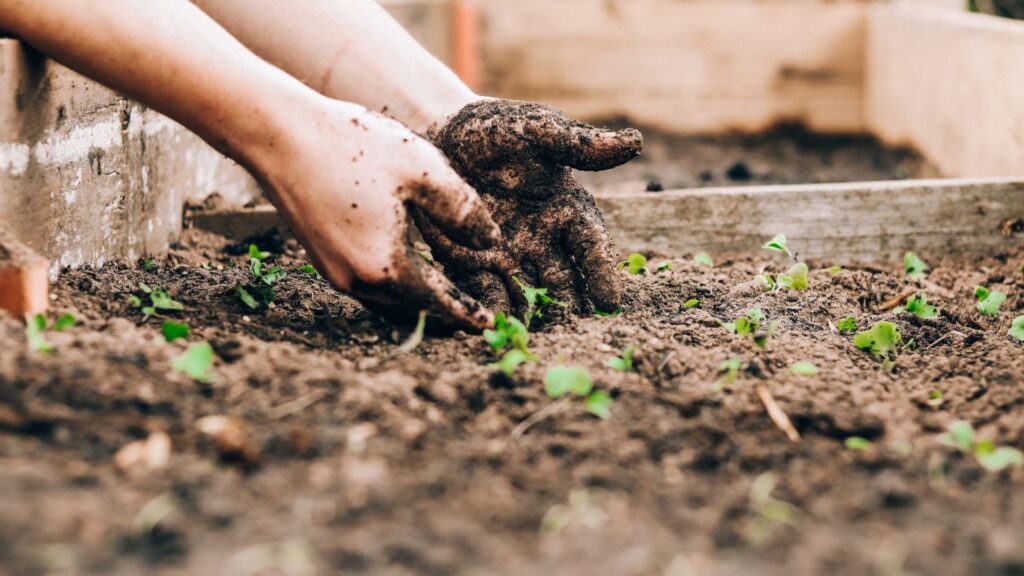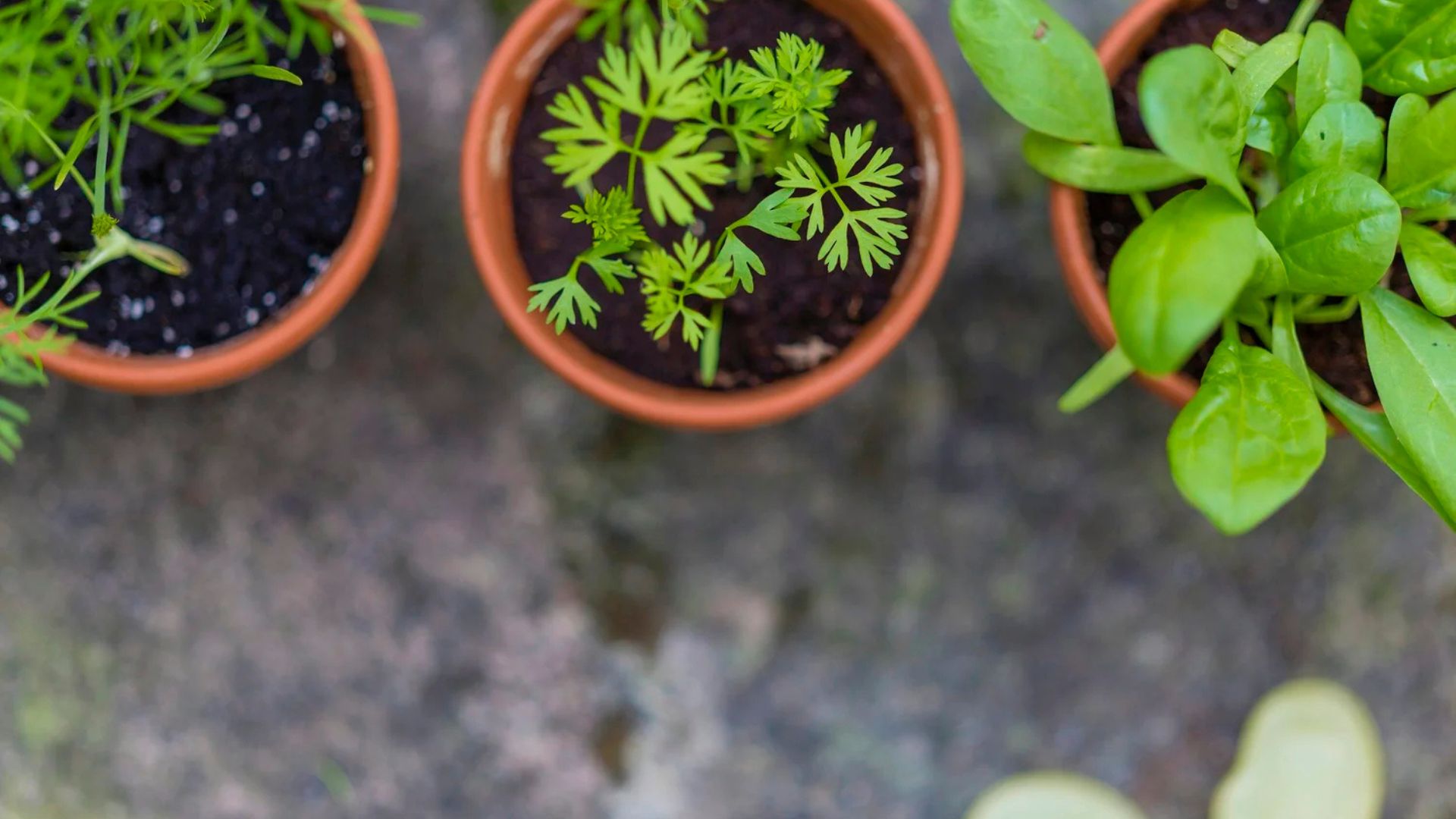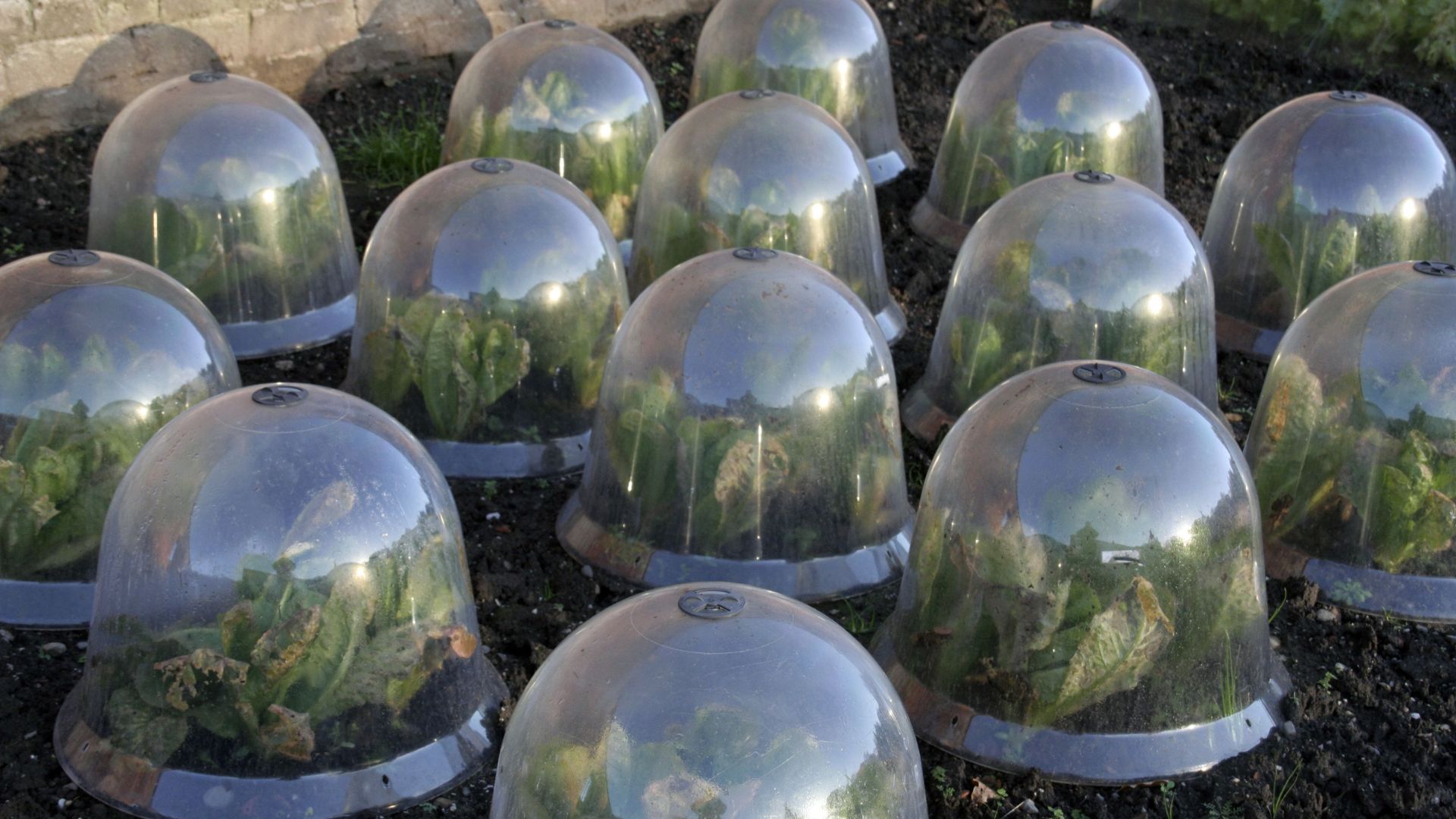Healthy soil is the foundation of any successful garden. Proper soil preparation helps your outdoor plants grow strong, absorb nutrients, and resist diseases. Whether you’re planting flowers, shrubs, or vegetables, spending time preparing your soil will pay off with lush, thriving plants. This guide will share essential soil preparation tips to get your garden off to a great start.

Why Is Soil Preparation Important?
Good soil provides:
-
Nutrients: Essential minerals and elements plants need to grow.
-
Proper drainage: Prevents waterlogging and root rot.
-
Aeration: Allows roots to breathe and expand.
-
Support: Keeps plants stable as they grow.
Without proper soil prep, plants may struggle, grow slowly, or become more vulnerable to pests and diseases.
Steps to Prepare Soil for Outdoor Plants
1. Test Your Soil
Before planting, it’s important to know your soil type and nutrient levels. You can:
-
Use a home testing kit to check pH and nutrient content.
-
Send a sample to a local extension service for detailed analysis.
Most plants prefer slightly acidic to neutral soil (pH 6.0-7.0).
2. Clear the Area
Remove any weeds, rocks, and debris from your planting site. Weeds compete with your plants for nutrients and water.
3. Loosen the Soil
Break up compacted soil by tilling or digging 8 to 12 inches deep. This improves aeration and drainage, making it easier for roots to spread.
4. Add Organic Matter
Incorporate organic materials such as:
-
Compost
-
Well-rotted manure
-
Leaf mold
-
Peat moss
These enrich soil with nutrients and improve texture and moisture retention.
5. Adjust Soil pH
If your soil test shows it’s too acidic or alkaline:
-
Add lime to raise pH (make soil less acidic).
-
Add sulfur or aluminum sulfate to lower pH (make soil more acidic).
Always follow recommendations based on test results.
6. Add Fertilizer if Needed
Depending on your soil test, you might need to add balanced fertilizer or specific nutrients like nitrogen, phosphorus, or potassium. Use slow-release or organic fertilizers for steady nourishment.
7. Level and Mulch
Smooth out the soil surface and apply a layer of mulch after planting. Mulch helps retain moisture, suppress weeds, and regulate soil temperature.
Tips for Ongoing Soil Health
-
Rotate crops yearly to prevent nutrient depletion.
-
Avoid walking on planting beds to reduce compaction.
-
Regularly add compost or organic mulch to replenish nutrients.
-
Water deeply but avoid overwatering.
Conclusion
Preparing your soil properly sets the stage for healthy and thriving outdoor plants. By testing, loosening, enriching, and caring for your soil, you provide the best environment for roots to grow strong and plants to flourish. Taking the time to prep your soil now will lead to a more vibrant garden throughout the seasons.










